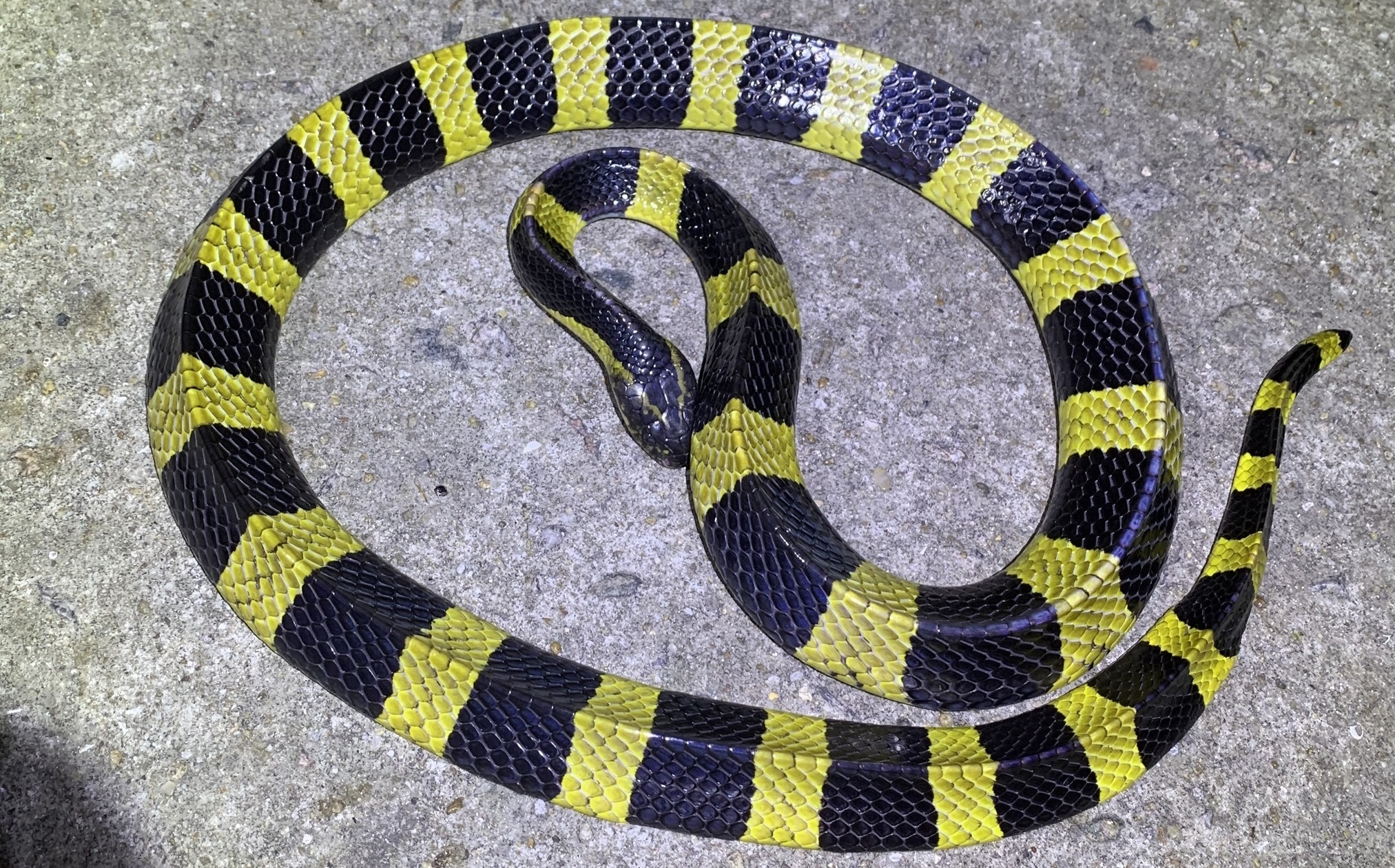A wide range of toxic organisms
As previously mentioned, toxic organisms can be found in all corners of nature. Besides snakes, the toxic organisms include scorpions, jellyfish, spiders, snails, amphibians and even mammals. Toxins are found in very distantly related species, implying that the toxic trait is known to have arisen several times during evolution. In addition to toxicity in animals, the list of toxic organisms also include plants. Plant toxicity is different from animal toxicity in the sense that it is almost always used for defensive purposes, as plants are simply trying to protect themselves from herbivores, whereas animal toxicity can also be used to kill prey. Below we will give a brief description of some of the different toxic animal groups. Image examples of the different animal groups can be found in Figure 5.
Spiders
Of the 49,800 spider species in the world, the vast majority are venomous. Despite this huge diversity of venomous spiders, only a small proportion of spiders are actually dangerous to humans. Spiders that can be deadly to humans include funnel-web spiders of the genera Atrax and Trechona, as well as widow spiders(Latrodectus). The spiders with the most potent venom, are often the ones which use their venom to attack, capture and eat prey that is much larger than themselves, such as snakes. Especially spiders from the family Theridiiae are known for this. For example, the widow spiders(Latrodectus) from this family, can eat snakes. The most potent toxin from the widow spiders is α-latrotoxin with an LD50 of 0.0043 mg/kg, see table 1.
For most species of spiders, the bite does not hurt . You’ll just feel a small pinch. However, if you are bitten by the Sydney funnel-web spider(Atrax robustus), one of the world’s most venomous spiders, you may experience symptoms such as increased sweat and saliva production, high blood pressure, increased heart rate, vomiting and goosebumps.
Scorpions
There are more than 2,500 species of scorpions. Their venom contains neurotoxic components, and it is mainly these that make their venoms dangerous for humans. All but one of the human lethal species belong to the family Buthidae. The one deadly species outside of Buthidae is Hemiscorpius lepturus, which causes a lot of scorpion-related deaths. In fact, this species alone is responsible for 67% of all scorpion deaths in Iran. One of the reasons for Hemiscorpius lepturus‘ mortality is that its stings are not associated with pain for the first 24-72 hours. This means that victims don’t seek medical attention until they start to feel symptoms. This is often when the venom has caused so much damage that blood is excreted in the urine. The venom from Hemiscorpius lepturus can cause various symptoms in the body, including: death of tissues and large open wounds, acute kidney failure and destruction of red blood cells.
Frogs
The poison of frogs ranges from barely toxic bufotoxins in toads to more potent toxins in poison dart frogs in the family Dendrobatidae. Most often, the poison comes from the frog’s food, which is why many frogs that are kept in captivity are no longer poisonous, although there are exceptions. An example of a toxin in poison dart frogs is batrachotoxin from the golden poison dart frog(Phyllobates terribilis), one of the world’s most poisonous animals. If you ingest batrachotoxin, it prevents your nervous system from sending impulses, and without these impulses and signals, your muscles don’t work. Certain cells in the heart are highly sensitive to this, resulting in heart rhythm disturbances, fibrillation and heart failure. Batrachotoxin can also be found in table 1 with an LD50 of 0.002-0.007 mg/kg.
Plants
Some plants produce toxins to prevent herbivores from eating them. Since plants cant escape from enemies, evolution has developed this defense method. One example of a poisonous plant is the common foxglove (Digitalis purpurea). The poison mainly contains the two toxins digoxin and digitoxin, which make the heart beat harder at a lower the heart rate. For this reason, it has been used as a heart medicine for over 200 years. Besides its use as a medicine, digoxin is also used to poison people, which can be seen in the James Bond films Casino Royale and No Time to Die and the famous Spanish Netflix series La Casa de Papel (Money Heist). In digoxin poisoning (or overdose), symptoms include low heart rate, vomiting, nausea, uncoordinated heartbeats and, in some cases, cardiac arrest and death.
Marine bristle worms
There are also a number of venomous species among the polychaete worms. For example, fireworms (belonging to the genera Hermodice and Eurythoe), have developed their bristles to cause burning if they are touched. This is a defense against potential predators and can be extremely painful for humans.




